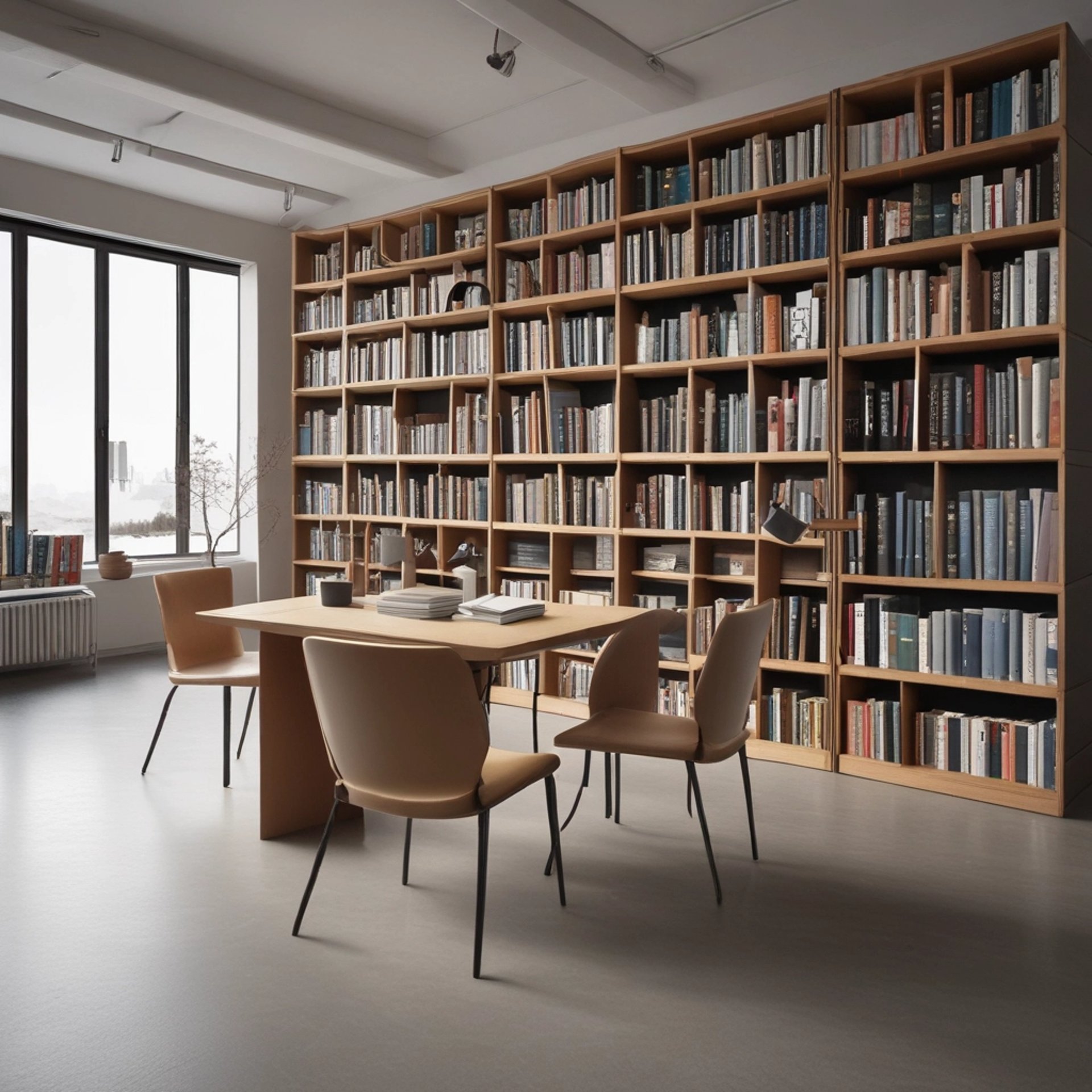Customizing Your Workspace Panel in Adobe Illustrator
GRAPHICS DESIGING
3/26/20252 min read


Understanding Adobe Illustrator's Workspace
Adobe Illustrator is a powerful vector graphics editor widely used by designers for creating illustrations, logos, and other graphics. One of the key features that enhance your productivity is the customizable workspace. This feature allows users to modify their interface by organizing panels according to their specific needs, making the design process more streamlined.
Why Customize Your Workspace Panel?
Customizing your workspace panel in Adobe Illustrator can significantly improve your workflow. By placing the tools and panels you frequently use within easy reach, you minimize distractions and make it easier to focus on your creative tasks. Whether you are a graphic designer handling multiple projects or an illustrator creating complex vector art, having a tailored workspace can lead to greater efficiency and creativity.
How to Customize Your Workspace Panel
Modifying the workspace in Adobe Illustrator is a straightforward process. Begin by accessing the workspace options by navigating to Window > Workspace. From here, you can choose a default workspace that aligns with your current project requirements, or you can create a custom setup by selecting New Workspace.
After establishing your new workspace, you can add or remove panels as needed. For instance, you may want to keep the Layers, Swatches, and Tools panels visible while closing others that you don’t frequently use. To add a new panel, simply go to Window in the menu bar, and select the desired panel. You can drag it to your preferred location. Adobe Illustrator enables you to anchor or float panels, providing flexibility in how you visually organize your workspace.
Another key aspect of customizing your workspace panel is rearranging the panels. You can rearrange by simply clicking and dragging, allowing for a personalized layout that suits your workflow style. It’s beneficial to keep the most utilized panels grouped together for seamless access, thus enhancing productivity.
Once you have finalized your custom workspace, remember to save it. By going back to the Window > Workspace, and selecting New Workspace, you can then name your workspace for quick access in the future.
In addition to facilitating better access to the tools you use most, a customized workspace can also alleviate the feeling of clutter that often accompanies the default interface. This helps in maintaining a clean mental space, allowing you to generate creative ideas without being hindered by unnecessary elements.
In conclusion, customizing your workspace panel in Adobe Illustrator is an essential step toward enhancing your design experience. It encourages a tailored and efficient approach to completing your projects, thus allowing you to unlock your full creative potential. By following these steps to personalize your workspace, you can create a conducive environment for effective design work.

